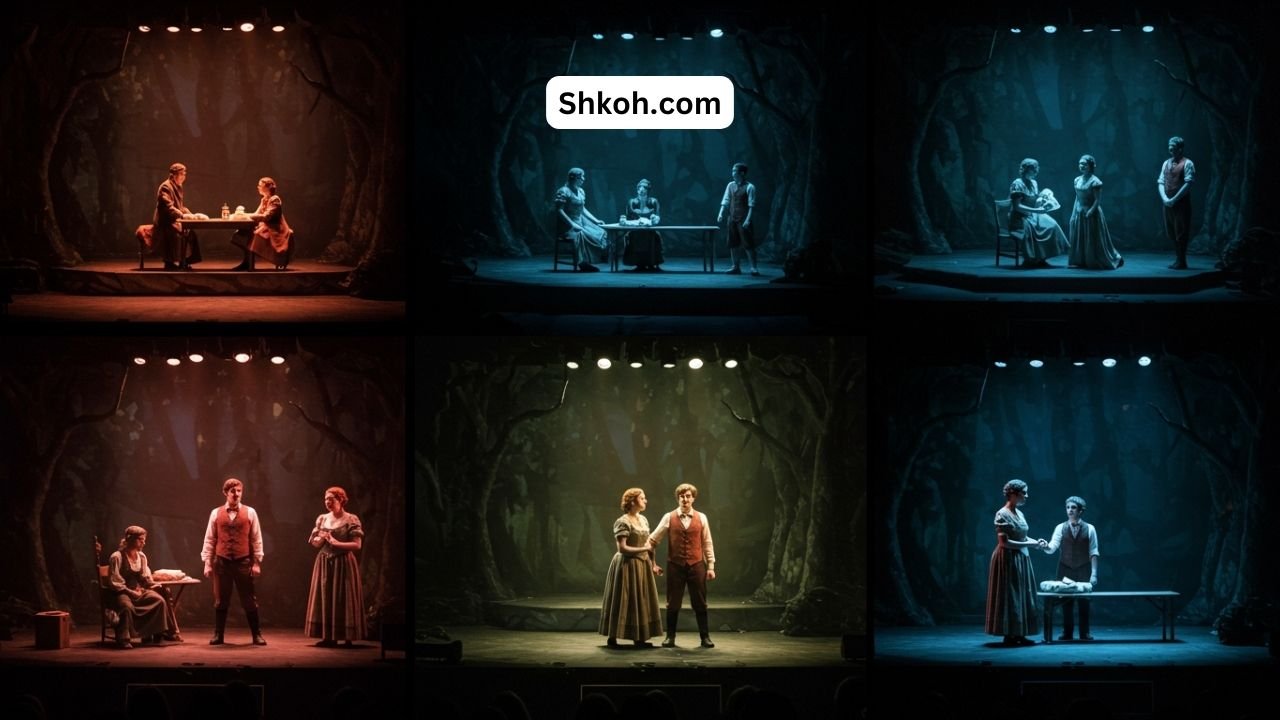The Role of Duaction in Creating Compelling Narratives
Introduction to Duaction
Imagine diving into a tale that unfolds from two perspectives, each adding depth and complexity to the story. This is where duaction comes into play a creative narrative technique that intertwines dual narratives to deliver compelling stories. Whether it’s in novels, films, or even video games, this approach captivates audiences by offering varied viewpoints and enriching character arcs. As readers or viewers navigate these intertwined paths, they uncover layers of meaning that breathe life into the narrative. Welcome to the fascinating world of duaction, where storytelling transcends traditional boundaries and invites us on an unforgettable journey through diverse experiences.
The Power of Dual Narratives in Storytelling
Dual narratives have a unique power in storytelling. They allow readers to see events from multiple perspectives, creating depth and complexity.
When two characters share their stories side by side, the contrast adds intrigue. Each narrative enhances the other, revealing hidden truths and motivations that might otherwise remain obscured.
This technique can evoke empathy as readers connect with different viewpoints. It challenges assumptions and encourages critical thinking about the characters’ choices.
Moreover, dual narratives create suspense. As one character’s story unfolds, it may leave questions unanswered that are explored through another’s perspective. This tension keeps readers engaged and eager for resolution.
Utilizing duaction not only enriches plots but also invites audiences into a more immersive experience. The interplay between narratives creates layers of meaning that resonate long after the final page is turned.
Examples of Successful Dual Narrative Stories
One of the most compelling examples of duaction is found in “The Night Circus” by Erin Morgenstern. The story unfolds through two perspectives, creating a rich tapestry that keeps readers engaged as they navigate the mysterious world of magical competition.
Another notable example is “Life After Life” by Kate Atkinson. This narrative explores multiple lifetimes of its protagonist, allowing for an exploration of choice and consequence from different angles.
In film, “500 Days of Summer” cleverly employs dual timelines to contrast memories and reality. This technique deepens emotional resonance while keeping viewers on their toes.
Each instance showcases how duaction can enhance storytelling complexity and captivate audiences with layered experiences. These narratives not only entertain but also provoke deeper thought about character motivations and themes.
How Duaction Enhances Character Development
Duaction adds depth to character development by showcasing contrasting perspectives. This technique allows readers to understand motivations and conflicts from multiple angles.
When two characters share a narrative, their unique voices shine through. Each perspective reveals different facets of the same story, making them more relatable and complex.
For example, one character may have a hero’s journey while another grapples with personal demons. Their interactions can highlight growth or regression based on shared experiences.
Moreover, duaction creates tension between characters as they navigate their individual arcs. Readers become invested in how these journeys intersect and influence one another.
Using this approach fosters empathy. Readers gain insights into struggles that may differ from their own but still resonate on an emotional level. The result is a richer connection to the characters themselves and their evolving narratives.
Crafting a Dual Narrative Structure
Crafting a dual narrative structure requires careful planning and creativity. Start by defining your protagonists. Each character should have their own distinct voice and perspective.
Next, consider the timeline of their stories. Alternating between characters can create tension or highlight contrasts in experiences. Ensure that both narratives are interwoven seamlessly to maintain reader engagement.
Utilize varying styles or tones for each perspective. This differentiation helps readers immerse themselves in each character’s world while retaining clarity about who is speaking.
Remember to build connections between the two narratives. Reflect key themes or events through different lenses, allowing readers to discover deeper meanings as they progress through the story.
Pacing is crucial. A well-timed shift from one narrative to another keeps momentum alive and encourages anticipation for what comes next in both arcs.
Common Pitfalls and Tips for Using Duaction Effectively
When using duaction, writers often fall into the trap of confusion. Juggling two narratives can lead to disorientation for readers if not handled carefully.
To avoid this, establish clear distinctions between each storyline. Use different perspectives or timelines to maintain clarity. Readers should easily grasp who is speaking and where they are in the narrative.
Another common pitfall is neglecting character development. Each narrative must contribute meaningfully to the overarching story arc. Ensure characters evolve alongside their dual journeys.
Maintaining balance is crucial as well. Don’t let one story overshadow the other; both should receive equal attention and depth.
Consider pacing when crafting your dual narrative structure. Keep transitions smooth and logical so that readers remain engaged without feeling rushed or lost.
Conclusion
Duation plays a pivotal role in crafting narratives that resonate. By weaving dual perspectives, creators can deepen engagement and elevate emotional impact. This storytelling technique not only adds complexity but also invites readers to explore different sides of a story.
As we’ve seen through successful examples, the fusion of two distinct narratives enriches character arcs and broadens thematic exploration. However, it’s essential to navigate this method carefully; missteps can confuse audiences or dilute the intended message.
Embracing duaction requires skillful planning and an understanding of pacing. When executed thoughtfully, this approach captivates audiences and leaves lasting impressions. Whether you’re a seasoned writer or just starting out, harnessing the power of duaction can transform your storytelling into something truly unforgettable.
With its potential for depth and intrigue, duaction offers endless possibilities for narrative innovation. So why not delve into your next project with this powerful tool at hand?






